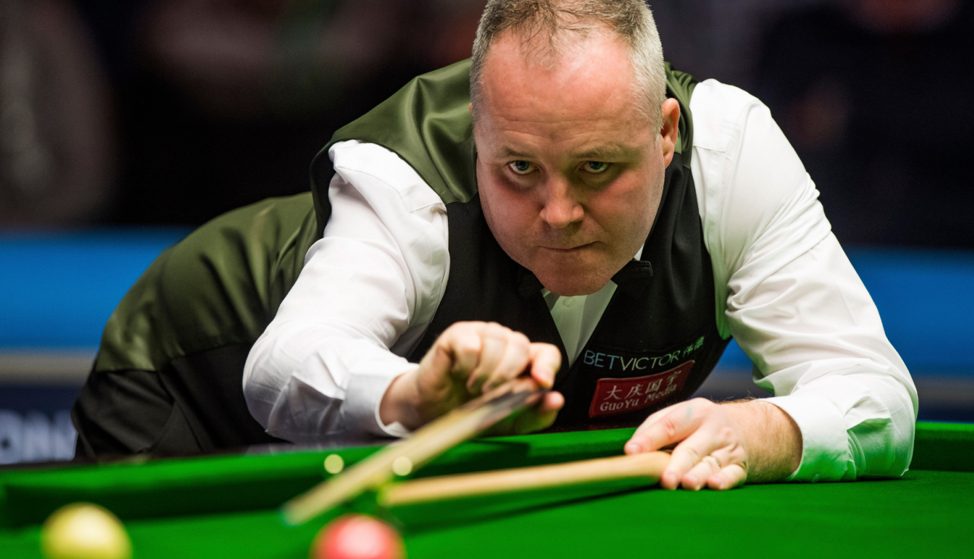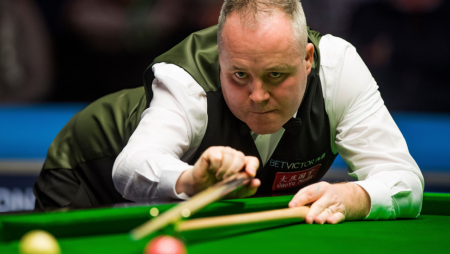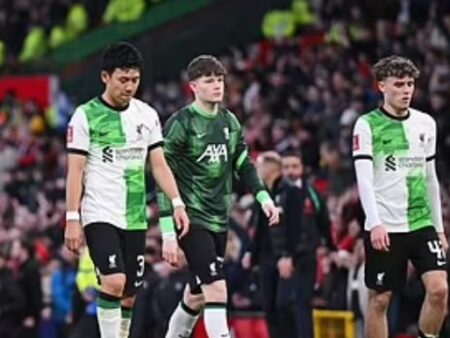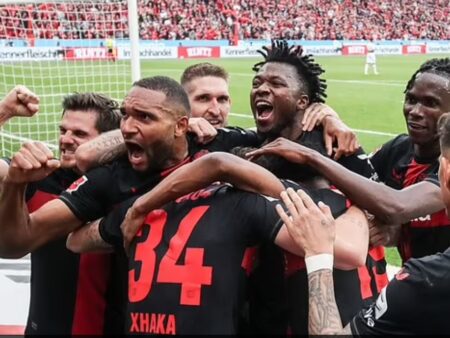

John Higgins turns 47 in May, an age at which great players would once be furiously treading water, trying to stem an inevitable decline. Higgins, though, believes he is playing better than ever.
This season he has appeared in five finals. He lost the first four but finally came good at the Championship League earlier this month. Anyone familiar with Higgins knows he is not a boaster. Quite the opposite, actually. So if the Scot genuinely feels his game is stronger than it has ever been it must make him a serious contender for the world title in two months’ time.
Higgins is snooker’s man for all seasons. He has enjoyed an unbroken spell in the elite top 16 for a record 27 years without once coming close to dropping out. He enters this week’s European Masters in sixth position, repelling old father time and the various younger challengers who simply don’t possess his mastery of match-play.
The Wishaw man has prevailed in 31 ranking events, putting him third behind Ronnie O’Sullivan (38) and Stephen Hendry (36) on the all-time list. He is second behind O’Sullivan on the list of century break makers and for maximums.
Higgins was nine years old when his father, John senior, took him and his brother to a local snooker club. It was somewhere for the boys to be occupied while their dad caught up with his friends.
This was the mid-1980s. Snooker was a staple of the television schedules and the leading players were well known personalities and heroes for the kids dreaming of one day emulating them.
Higgins remembers going along at a young age to watch the Scottish Masters in his own backyard and staring in awe at the players he had watched so avidly on TV. He went on to become one of those stars, shining brightly for 30 years and counting.
His own progress was steady if not spectacular. In his teens he practised with Alan McManus, who had just turned professional. McManus remembers Higgins as being a ‘sponge’ who would take on board the nuggets of advice he was given. Improvements quickly followed.
The first clue for the wider snooker world that Higgins would be one to watch came at the 1991 World Masters at the NEC in Birmingham. Alongside the main competitions for men and women was a junior event. O’Sullivan, whose legend had been building for several years already, was the favourite. In Wales, hopes were high for a left-hander called Mark Williams.
Higgins beat them both – O’Sullivan in the quarter-finals and Williams in the final – and returned home on the train with the trophy and a clear ambition for the rest of his life. There was no turning back from here.
The three of them, known now as the Class of ’92, turned professional 18 months later, spending weeks at a time at the Norbreck Castle Hotel in Blackpool, the venue used for pre-qualifying rounds. In those days there were hundreds of professionals. Players would need to win as many as 10 matches just to reach the televised stage of tournaments.
Higgins made it to the last 16 of the Grand Prix, then one of the BBC’s big four events, and the quarter-finals of the British Open. He was ranked 122nd after his first season and 51st after his second. Early in his third, he broke through as a ranking event winner, beating Dave Harold in the Grand Prix final.
By the end of that campaign he had won two more ranking titles, making him the first teenager to win three. He played Steve Davis in two finals and earned plaudits from this established great.
“I like him,” Davis said. “He plays the game the right way.”
Higgins successfully bridged the gap between Davis’s era and that of Stephen Hendry, combining tactical knowledge beyond his young years with an ability to make the big breaks. He became known as the ultimate percentage player, always knowing the right shot to play at the right time.
With Hendry’s spell of dominance beginning to wane, there was a three-way fight amongst the Class of ’92 to take over as snooker’s top dog. Higgins was the first of the trio to become world champion in 1998 and it seemed as if he could become the sport’s next winning machine, but it was nine further years until he won another Crucible title. More followed in quick succession in 2009 and 2011.
From 2017 to 2019 he lost in three consecutive world finals. He has appeared in eight in total, the same as Davis and one fewer than Hendry.
All this in an era in which standards have risen and the strength in depth on tour has hugely increased. Throughout it, O’Sullivan and Williams have been constant rivals alongside the newer champions like Mark Selby, Neil Robertson and Judd Trump.
It is testament to the staying power and sheer brilliance of the Class of ’92 that every time you think they’ve enjoyed a last hurrah they have another one. The last season in which at least one of them failed to appear in the final of one of the ‘triple crown’ of World Championship, UK Championship or Masters was their debut campaign in 1992-93.
Higgins has never had a formal coach and his approach to the game has never really changed, although he has often tinkered with cues and aspects of technique. One such technical change paid off in spectacular fashion a year ago when he won the Players Championship for the loss of only four frames. During one match he limited Selby to just seven points. The key to this was an apparently simple experiment, moving his bridge hand slightly closer to the cue ball.
In the intimate, pressurised environment of the Crucible, he suffered, losing to Williams in round two and struggling at times to breathe properly. This prompted a significant lifestyle change.
Higgins is one of the last of the old school snooker players. He has no social media presence, no ‘brand’ to push. Up until recently he liked a drink as much as anyone and steered clear of the gym. But feeling he was overweight, he decided to join a spinning class. He lost four stones and, to his credit, has kept it off while participating on a circuit notorious for bad diets and late night drinking.
Higgins feels he has greater stamina now but, more than this, just feels better about himself.
His fellow professionals feel pretty good about him too. Many younger players say he is their favourite. O’Sullivan cannot praise him highly enough.
And if O’Sullivan is the GOAT then Higgins is surely the best player there has ever been at doing nothing much in a frame or a match and then suddenly coming good. His clearances are the stuff of legend, as O’Sullivan found to his cost in the deciding frame of their 2006 Masters final.
So can Higgins win a fifth world title this year? Consistency is key in Sheffield. One bad session can derail everything. He would have to keep going to the well day after day, maintaining concentration and a high level of performance. Not easy at any age, but Williams did so in 2018 and O’Sullivan in 2020.
There is surely still time for a last hurrah for John Higgins. Until the next one.



















